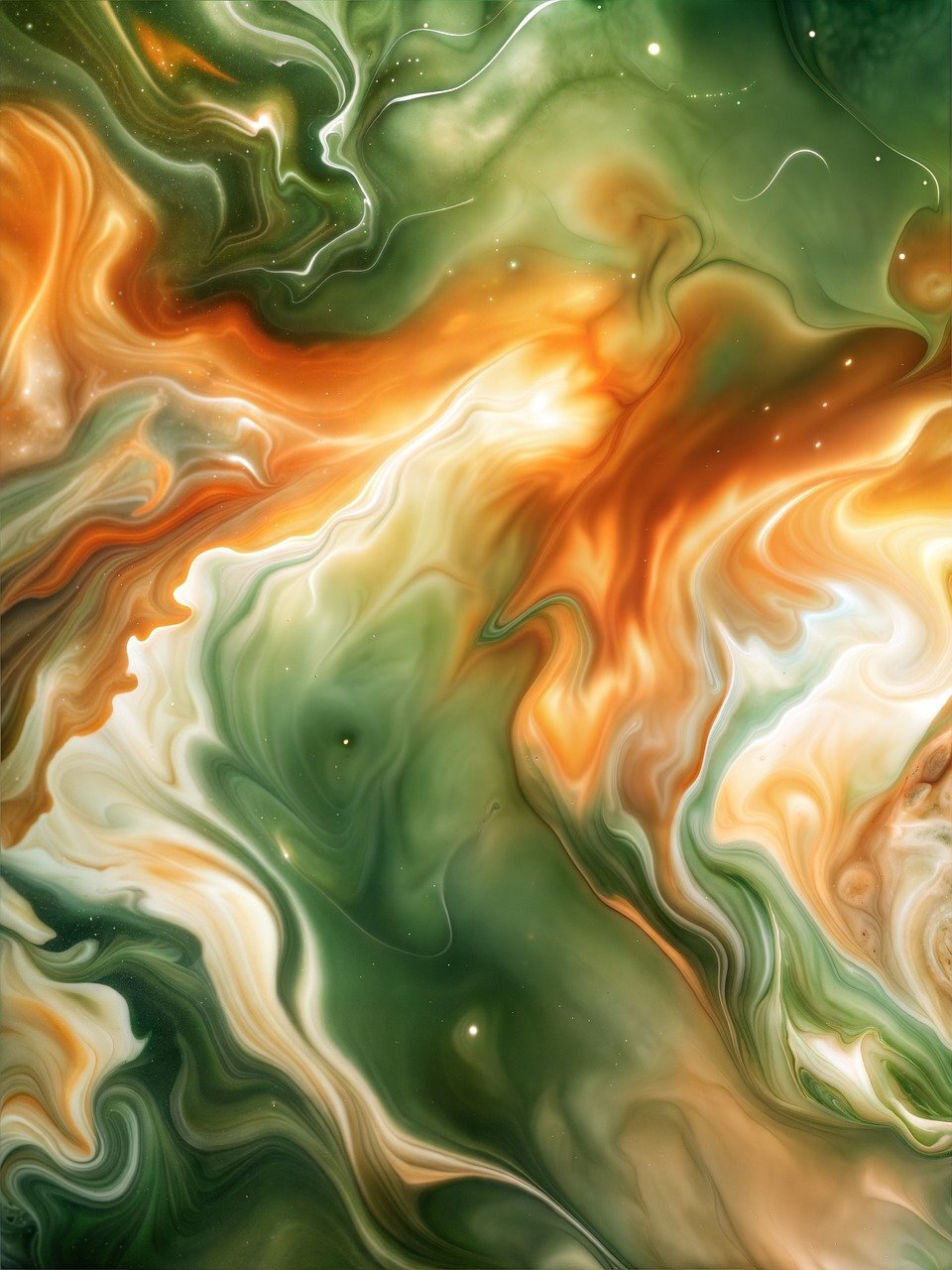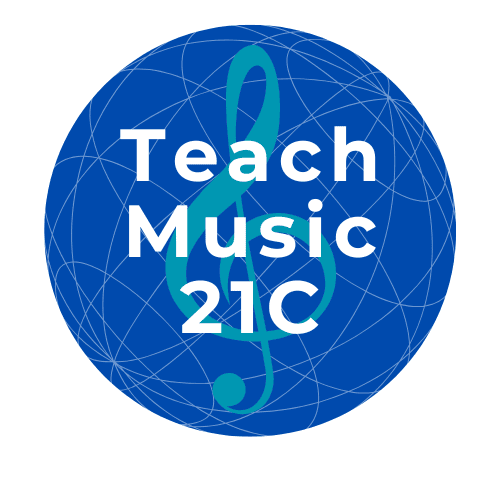In two previous blogs, I began a three-part exploration of Universal Technique - the idea that there are fundamental components across vocal and instrumental musical development. Firstly I took a look at "the core". Secondly it was "breath". Now it's time for the final element - ENERGY!

Ask any student questions about energy like – What is energy? Or what does it do? And I guarantee you’ll get some fascinating answers. Like eight-year-old Alex who describes energy as – chunks of power. Six-year-old Alexandra responds that energy is all about action – that can be walking and running. Or fourteen-year-old Spencer reveals that energy comes in more than one level – it can be high, low, and everything in between.
My reason for bringing “energy” into discussions with my students – even young beginners - is because I want to help them experience the connection between the “energy” they use in performance and the “energy” of the sound they produce. Energy is something students of all ages know about, because they experience their own energy for themselves. And similarly, they know about energy in sound – because – as my student Alexandra affirms – “We know sound has energy because we can feel it”. Given the connection between our own energy and the energy of sound, I like to help students explore energy in three different ways – physical, emotional, and spiritual.

PHYSICAL ENERGY - To give you a sense of physical energy, an episode with my intermediate student Irene comes to mind. Somehow her dynamics all seem to sound the same - medium versions of loud or soft. So we experiment with tiptoeing, walking, and running across the room - then reflecting on how she involved her own energy and the connection with her "core" and her "breath". Irene gets the point - even though she's a long ways from being consistent with exaggerated varieties of loud or soft. That's where practice comes in.
My goal in exploring physical energy is for students to experience the connections between their actions and the sounds they produce. And I’ll also add, that although I’m enthusiastic about exploring physical energy – we don’t really go to a concert just to hear the physicality of someone playing loud and soft. We go to hear what someone has to communicate. I want to make sure students get experience with physical energy as the foundation for expressing what they musically have to say. That’s where the explorations of “emotional” and “spiritual” energy come in to play.

EMOTIONAL ENERGY - "Put your heart in it" is the catchall phrase I use to invite my students to tap into the spectrum of their emotional energy. Asking students to – put your heart in it – means that I need to be comfortable with hearing pieces played in ways that I might not have anticipated. Like when emotionally serious pieces get transformed into playfully spontaneous interpretations. Or the emotional finesse of a minuet is turned into a rambunctious country-dance. My follow up is always the same – “Thanks for that. Now could you put your heart in it another way? How about the opposite emotion? Could you use your energy to tell a different story?”
Encouraging students to exercise a spectrum of emotional energy means that they don’t get stuck in a single performance style. They develop the flexibility to express ideas that may include what the composer had in mind, students’ own personally preferred approach, my favorite style, and a host of other interpretations. In this way, exploring emotional energy matches with the spectrum of emotions students may already be familiar with in everyday life.

SPIRITUAL ENERGY - When I think of spirituality, themes like faith, mystery, wonder, gratitude, hope, and love are a few that settle in. I interpret spirituality as the cluster of beliefs, visions, and principles that we use to make meaning from our experiences of living in the world. By their very nature, soulful engagements channel a deep honesty and genuineness in performance – characteristics that ask for openness and implore performers to put their personality and character at the forefront. At the same time, soulful performances may be tinged with personal vulnerability as reflected in the fragility of the performer’s own humanity.
What seems key for me – is that students already come with their own sense of spirituality – no matter how loosely or concretely defined that may be. So, it’s not unusual for me to ask students to consider “soulfulness” as an aspect of their performances, to invite the “spirit of the universe” into their music making. Nor is it unusual to ask them what they think about the world around them, how they consider notions of spirituality and our interrelated universal connections. Like the example of my student Alex working on a Bach Prelude & Fugue - who refined his outlook to consider the spiritual commitment of J.S. Bach. Or Jennifer (performing Mysterious Summer's Night) who spent time crafting narratives about the mysteries contained in the starts and moon.
The point of such explorations is to help students develop as the spiritual beings they already are. Creating spaces for students to deepen and strengthen their own spiritual energy, I keep themes like faith, mystery, wonder, gratitude, hope, and love close at hand. Even now, just listing them off, I’m aware of how they induce a welcome stillness and intensity to thought processes.

CORE, BREATH, ENERGY - For most of my 40-year career, I’ve used the combination of core, breath, and energy as anchors for my teaching. I appreciate how the interweaving of these universal elements provides a framework for what I’ll call the big picture of teaching technique - while allowing for all kinds of detailed and impromptu explorations that entail digging more deeply. And I really value how these three elements present a student-friendly vocabulary that’s easy to understand and easy to put into action with students of all ages from my beginners to my most upper-level advanced students.
What are your thoughts? How do you feel about Core, Breath, Energy?
